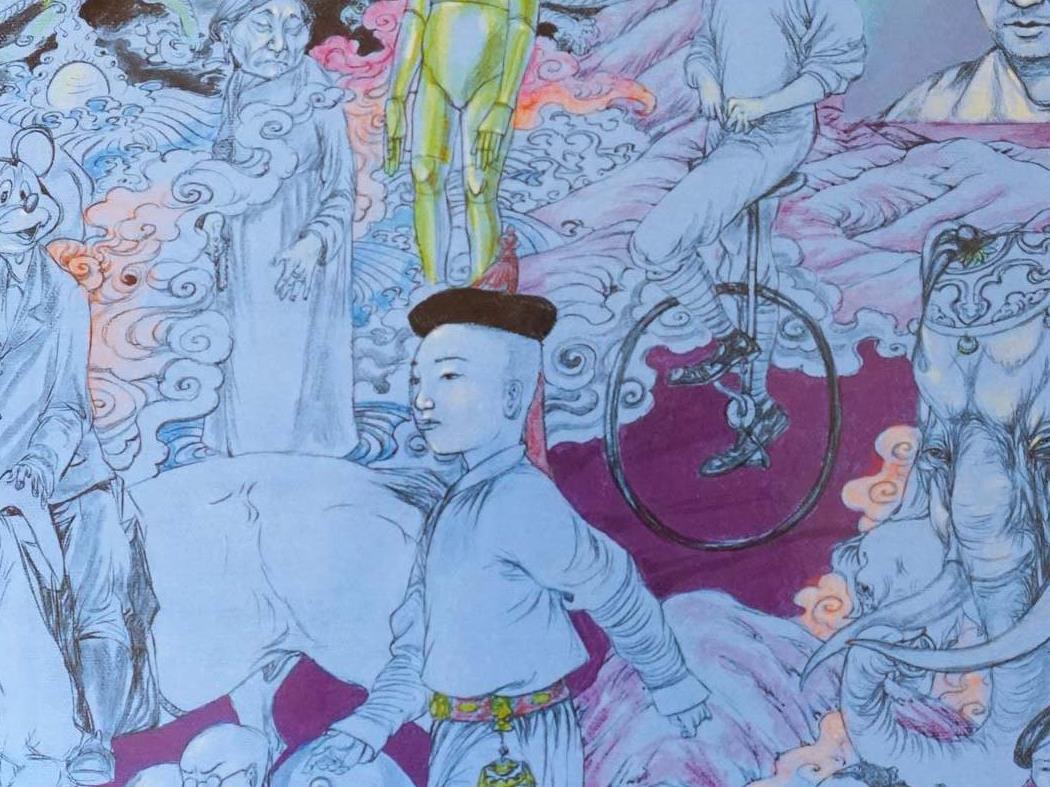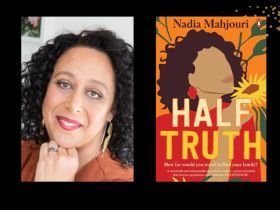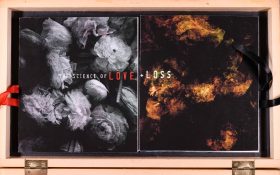New Asia Now cover image: Nomads, Baatarzorig Batjargal, 1983.
Griffith Review’s latest edition New Asia Now is their most ambitious collection to date. It is large, not only in size but also in scope as it attempts to include all of contemporary Asia within its purview, including fiction and non-fiction by writers and thinkers born in this region since 1970.
New Asia Now does not reinforce Australia’s ‘proximity’ to Asia as if an imaginary line, which creates the familiar ‘us’ and ‘them’ rhetoric, separates us.
Instead, as editors Jane Camens and Julianne Schultz explain in the introduction, the collection includes Australia as part of the new Asia – a shift in perspective that recognises Australia’s ever-changing cultural makeup and the pluralism of this region. The collection acknowledges the shared geographical location of the South Pacific to broaden, and perhaps strengthen, what ‘Asia’ means in this century of migration and shifting global relations.
The various locations and situations of the writers included in this collection underline this message: ‘Asia’ cannot be reduced to a singular cultural refrain.
Neither can Australia. Work by Asian-Australian writers draw attention to perspectives that are often left out of national discussions of cultural identity. Michelle Law’s memoir Good things come in pairs is a testament to the high quality of work included and is one example that incorporates this Australian perspective within the edition.
Various memoirs, essays and works of fiction in the collection consider diaspora and migrant experience in Australia and in other parts of Asia. Other writers discuss recent changes in volatile political landscapes in China, Vietnam and Indonesia. Politics is present in many of the essays and fictional works, including personal narratives of loss, tales of censorship and experiences of civil war. In the essay Wake up while the flowers are blossoming Murong Xuecun explores the internet’s influence on ‘awakening’ individualism in China. All for the people without the people by André Dao discusses the difficulty in overcoming the dichotomy between human rights and Asian values in Vietnam.
New Asia Now takes some time to read and comprehend due to the breadth of works and the lack of structure to help the reader along. But the challenge works to the edition’s advantage, reminding the reader of the inability to reduce this region to one or two national discourses. More attempts to this end are needed in Australia and Griffith Review has provided the perfect example on how this can be achieved.
Rating: 5 out of 5 stars
Griffith Review 49: New Asia Now
Griffith Review
July 2015





